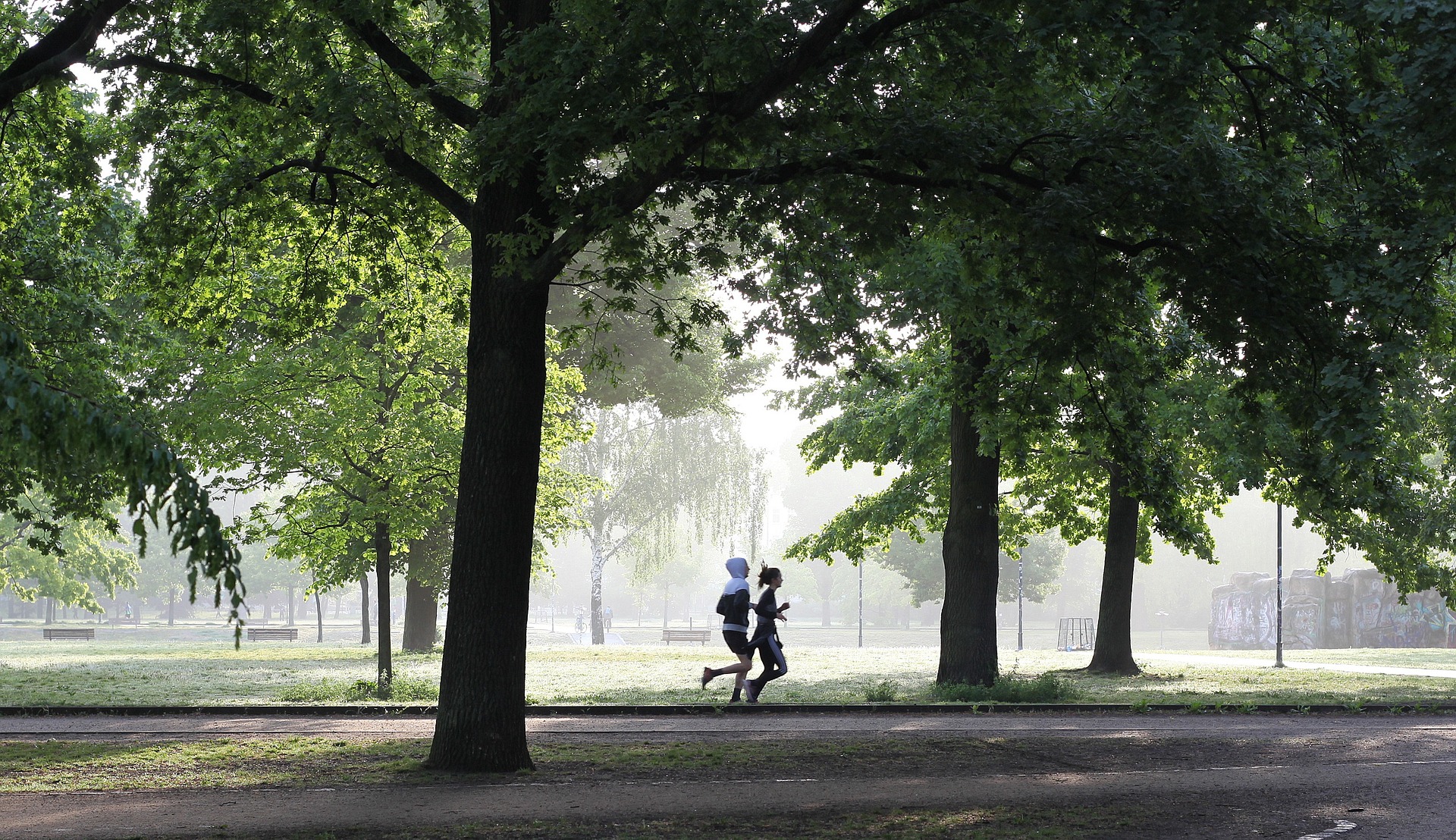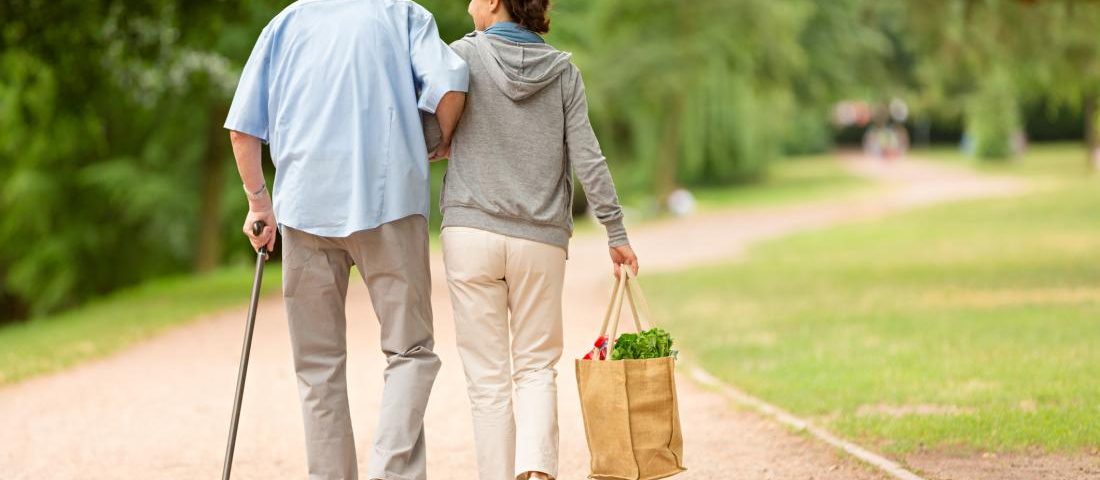
A Look Into Whole Body Cryotherapy (WBC)
May 3, 2020
Knee Pain Explained: Runner’s Knee/PFS
August 23, 2021Walking is an opportunity to create rhythmical motion throughout our structure. We create motion from the top down and bottom up; arms driving motion from the top and feet propelling motion from the bottom.
Walking is a natural, rhythmical, interconnecting motion. If we have areas in our body that do not move well, feet ankle hips, or we do not use our arms when we walk, this restriction of motion through our body represses our energetical surplus, our biomechanical efficiencies, our neurological stimulation.
Preventing motion of our arms restricts our spinal rotation, reduces the rhythm of the motion of our thorax, restricts the motion of our pelvis and hips, which can lead to pressurizing our knees and forcing excessive motion into areas unable to withstand loads, like our lower backs.
There are many things that we do that shape who we are. Our posture, body position, how we move, are influenced by a vast array of factors such as our personality, our state of mind, our peers and our parents.
Are we always in a rush?
Do we take our time?
Do we see what’s around us?
Do we care what’s around us?
Do we look forward, around, up, or just down at the ground?
Do we move and swing our arms?
Or just shuffle our feet?
Or are we always just thinking about how to get to the next place as efficiently as possible?
How we breathe affects how your lungs expand or don’t. This affects the action of our diaphragm and its rhythmical influence on our spine and thorax, which then effects the articulation of our spine and the connections of our ribs.
This article is trying to portray how important anthropologically relevant coordination, like walking, is to all of us, we all see the common walk as something that can be taken for granted, automatically programmed. Just like how we breathe, just like how we choose to perceive the way we see moments in our lives.
Walking is an autonomous action; our cerebellum goes into autopilot, reverting our movement qualities and choices to type, based on a whole array of different factors such as the ones described above in the text.
For example
What happens when you step on an escalator that isn’t moving?
Or when you step off a curb?
Or when you try to change another kind of instinctive movement?
Your brain has been so firmly wired for certain environmental variabilities that it is predicting what will happen next.
You can see that the escalator isn’t moving, you know it isn’t moving, yet when you step on it, you instinctively stumble as normally the escalator would naturally take you forward.
When we walk, the same thing is happening. We swing our arms like we always have done, we move our feet like we always have done.
How do you change the habit of a lifetime?
We must create greater variability and rhythmicality around movement, as rhythm, we believe through our biomechanical and neurological studies, is not only more biomechanically efficient, but also is the most efficient way to create neuroplastic changes, rewiring of motor patterns.
By creating abnormal yet normal arm motion and leg motions around the autonomous action of walking, this process creates better neuroplasticity, as a result wider coordination choices and eventually better wiring in the circuits of your brain that will be able to cope with unpredictability and create a stronger architecture and interconnections within your structure.
Kris R.


